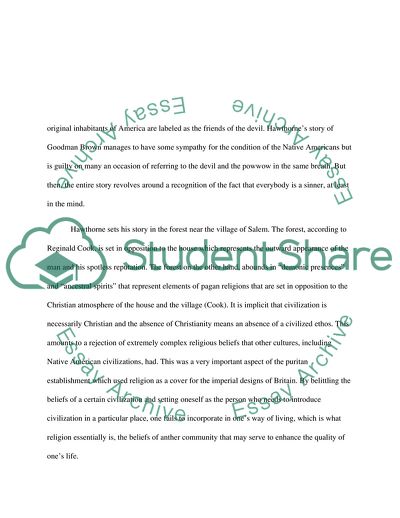Cite this document
(The Religious Aspects of Young Goodman Brown by Nathaniel Hawthorne Book Report/Review - 1, n.d.)
The Religious Aspects of Young Goodman Brown by Nathaniel Hawthorne Book Report/Review - 1. https://studentshare.org/religion-and-theology/1757051-the-religious-aspect-of-young-goodman-brown
The Religious Aspects of Young Goodman Brown by Nathaniel Hawthorne Book Report/Review - 1. https://studentshare.org/religion-and-theology/1757051-the-religious-aspect-of-young-goodman-brown
(The Religious Aspects of Young Goodman Brown by Nathaniel Hawthorne Book Report/Review - 1)
The Religious Aspects of Young Goodman Brown by Nathaniel Hawthorne Book Report/Review - 1. https://studentshare.org/religion-and-theology/1757051-the-religious-aspect-of-young-goodman-brown.
The Religious Aspects of Young Goodman Brown by Nathaniel Hawthorne Book Report/Review - 1. https://studentshare.org/religion-and-theology/1757051-the-religious-aspect-of-young-goodman-brown.
“The Religious Aspects of Young Goodman Brown by Nathaniel Hawthorne Book Report/Review - 1”. https://studentshare.org/religion-and-theology/1757051-the-religious-aspect-of-young-goodman-brown.


